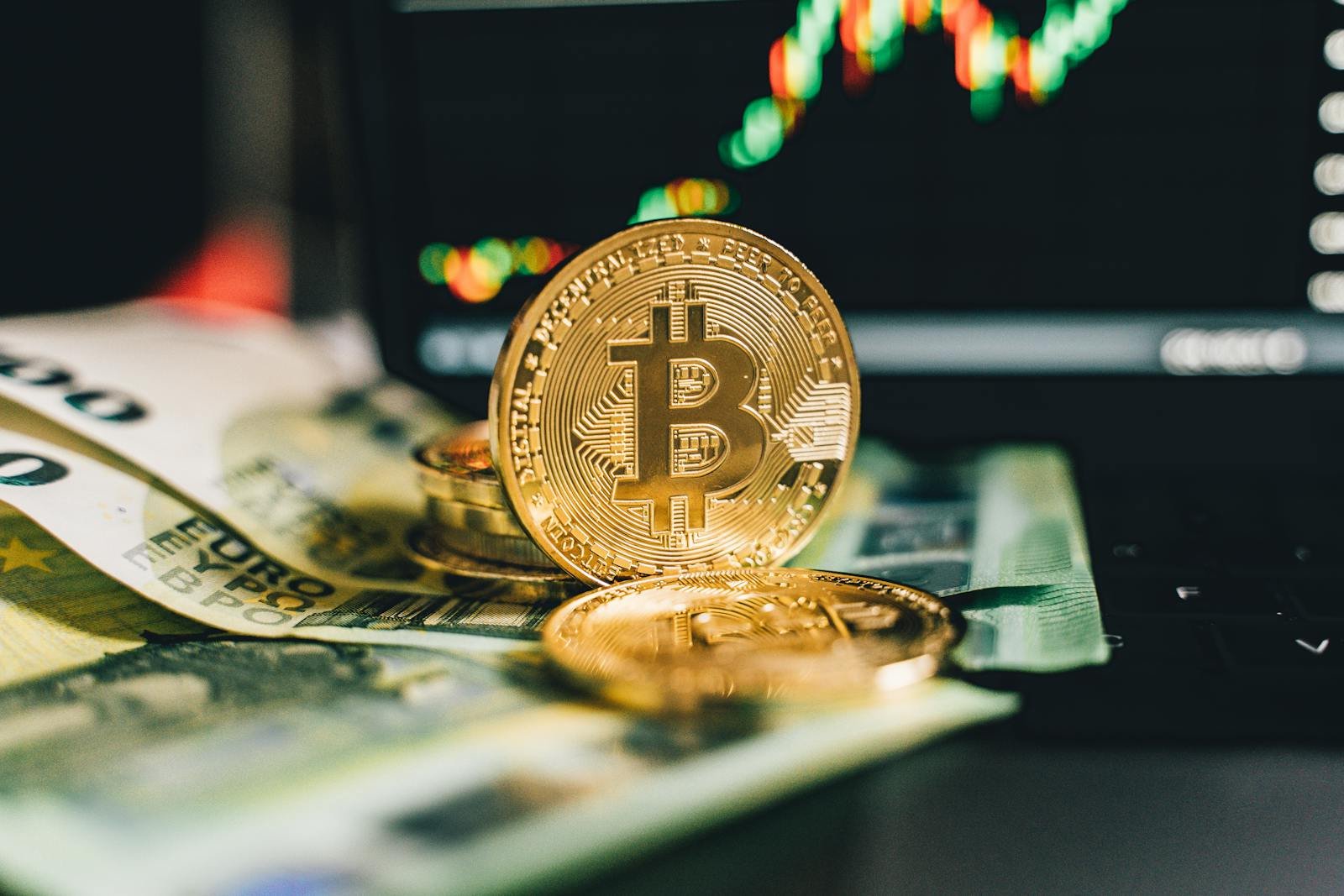
On April 7, 2025, Bitcoin (BTC) fell below the psychological $80,000 threshold, closing the 24-hour window at $75,101.31—a 9.59% drop in a single day. Market sentiment turned bearish following fears triggered by the sweeping U.S. tariffs announced earlier in the week. According to CoinMarketCap, the decline wiped more than $150 billion off Bitcoin’s market cap, which now sits at $1.49 trillion.
For those new to crypto, here’s what this means in plain terms: Bitcoin just experienced a significant price crash in one day. If you’re holding BTC, the value of your holdings fell. If you were planning to enter the market, you’re seeing a big red candle that might seem alarming. But that’s the nature of cryptocurrency—volatile and deeply reactive to macroeconomic shocks.
What Triggered the Slide?
The selloff wasn’t random. It followed a geopolitical and economic event that rattled both traditional and digital markets: the announcement of President Trump’s so-called “Liberation Day Tariffs.” On April 2, 2025, Trump declared an aggressive new trade policy imposing a 10% blanket tariff on all imports into the United States starting April 5. No exemptions. No exceptions.
This was more than a policy move—it was an opening salvo in a renewed global trade war. The crypto market, like the stock market, took the hit. Apple shares tanked. The Dow dropped 1,600 points. S&P 500 and Nasdaq logged their worst day since 2020. Bitcoin, often considered a hedge or alternative investment, did not escape the panic. It followed the broader market’s lead—downward.

The sharp spike in Bitcoin’s 24-hour trading volume—up over 340% to $60.35 billion—suggests heavy activity, likely driven by institutional selloffs and retail panic. The fear of trade-induced recession, inflation, and reduced risk appetite may have pushed large holders to cash out.
Why It Matters for Beginners
If you’re new to crypto, this is a wake-up call. Bitcoin doesn’t live in a vacuum. Global economic events—especially ones involving the U.S. economy—can and will influence its price. The myth that Bitcoin is a “safe haven” in all crises doesn’t always hold up. When liquidity dries up and panic sets in, even digital gold gets sold off.
This is an important moment to understand the difference between price volatility and long-term fundamentals. The price dropped, but nothing about Bitcoin’s underlying technology changed. What did change was the economic environment it exists in.
Monitor the price of bitcoin in real-time
The Bigger Picture
The Bitcoin network remains intact. Its circulating supply holds steady at 19.84 million out of a maximum 21 million coins. But what’s changed is investor sentiment. When governments start imposing widespread tariffs, it threatens economic growth. Businesses tighten spending. Investors shift away from risky assets—including crypto.
China faces a 34% tariff on goods entering the U.S. by April 9. In response, China has also imposed a 34% retaliatory tariff on U.S. imports—further escalating the trade war.
Vietnam will be hit with 46%. The European Union, 20%. Canada and Mexico are already under 25%. These are not small numbers. This creates uncertainty about global trade, supply chains, and investor confidence. And markets hate uncertainty.
Bitcoin, often championed as apolitical and borderless, is still treated like a risk asset by most investors. So when markets bleed, so does BTC.
ALSO READ:
Official Trump Memecoin Unlocks 40M Tokens: What It Means for Crypto Investors
Key Takeaway as Bitcoin Price Falls Below $80K
This isn’t the end of Bitcoin. It’s a stress test. If you’re in this space for the long haul, you must understand that price crashes are part of the terrain. Bitcoin has dipped before. It’s surged afterward. But none of that is guaranteed. What is guaranteed is that external macroeconomic events—like tariff wars—will impact the crypto market.
Don’t chase green candles or flee at the sight of red ones. Learn what causes the market to move. Understand the risks before investing. And always separate the noise from the signal.
For now, Bitcoin is under pressure. The next few days will be critical as markets digest the full scope of these tariffs and investors reposition themselves. Whether this triggers a broader crypto market correction or a short-term panic remains to be seen.





